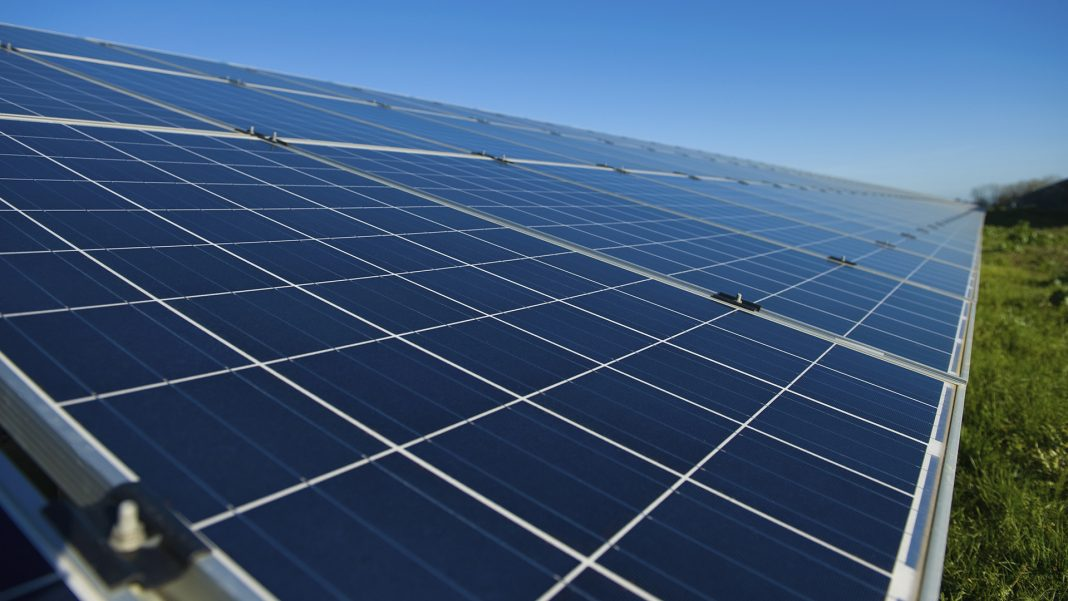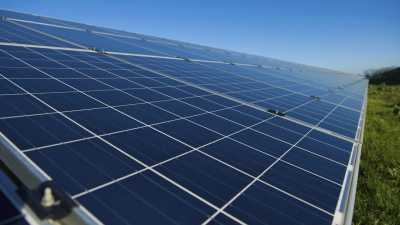The solar energy industry is witnessing a remarkable transformation, driven by continuous technological advancements. Among these innovations, 3D solar cells, also known as 3D photovoltaic (PV) technology, are emerging as game-changers. These cutting-edge solar cells offer a new dimension of efficiency and energy production, positioning them to redefine how we harness solar power.

What are 3D Solar Cells?
3D solar cells are a revolutionary type of photovoltaic technology that differs fundamentally from traditional 2D solar panels. While conventional solar cells are flat and rely on a single plane to capture sunlight, 3D solar cells employ a three-dimensional design that maximises light absorption. This configuration allows them to capture sunlight from multiple angles, significantly enhancing their efficiency.
The three-dimensional structure of 3D PV technology often involves intricate, layered designs, which increase the surface area available for capturing sunlight. This innovation not only boosts energy production but also makes better use of the available space, making it an attractive option for various applications, particularly in urban environments where space is at a premium.
How 3D PV Technology Works?
The working principle behind 3D PV technology is centred around its ability to trap and utilise sunlight more effectively than flat solar panels. Traditional solar cells are limited by the angle of sunlight they can capture, typically requiring optimal positioning to achieve maximum efficiency. In contrast, 3D solar cells can absorb sunlight from different directions throughout the day, leading to higher energy yields.
The layered or tower-like structures in 3D solar cells create a labyrinth for light to travel through, ensuring that even diffuse or reflected light is harnessed. This ability to capture more light, regardless of its source or angle, makes 3D solar cells particularly effective in environments where sunlight is not always direct, such as in areas with significant shading or during less sunny periods.
The performance improvements compared to 2D solar cells are clear. The multi-angled design of 3D PV technology means that energy production is more consistent and less dependent on the time of day or year. This results in a more reliable and efficient energy source, ideal for both small-scale and large-scale applications.
Benefits of 3D Solar Cells
Increased Efficiency
By capturing more sunlight from various angles, 3D PV technology can produce significantly more electricity than conventional flat panels. This translates into higher energy output per unit area, making them an excellent choice for installations where space is limited.
Space Optimisation
In urban areas, where rooftop or ground space is often scarce, 3D solar cells can generate more power within a smaller footprint. This makes them particularly suitable for commercial buildings, residential areas, and other settings where space efficiency is crucial.
Cost-effectiveness
Although the initial investment in 3D solar cells may be higher due to their complexity, the long-term savings are substantial. The increased efficiency means that fewer panels are needed to achieve the same energy output, reducing material costs and installation expenses. Over time, the energy savings can offset the initial costs, providing a compelling return on investment.
Embrace the Future of Solar Energy with 3D Solar Cells
3D solar cells represent a significant advancement in photovoltaic technology, offering the potential to revolutionise the way we generate solar energy. With their ability to capture sunlight more efficiently and their promise of higher energy yields, they are poised to become a key player in the future of renewable energy.
As the solar energy landscape evolves, businesses have the opportunity to stay ahead of the curve by embracing innovative technologies like 3D solar cells. Our Solar Panel for Business service offers tailored solutions to meet the unique energy needs of your organisation. By integrating cutting-edge 3D PV technology into your solar energy strategy, you can maximise your energy production, reduce your carbon footprint, and achieve significant cost savings.
Contact us today to learn more about how 3D solar cells can benefit your business and contribute to a more sustainable future.
